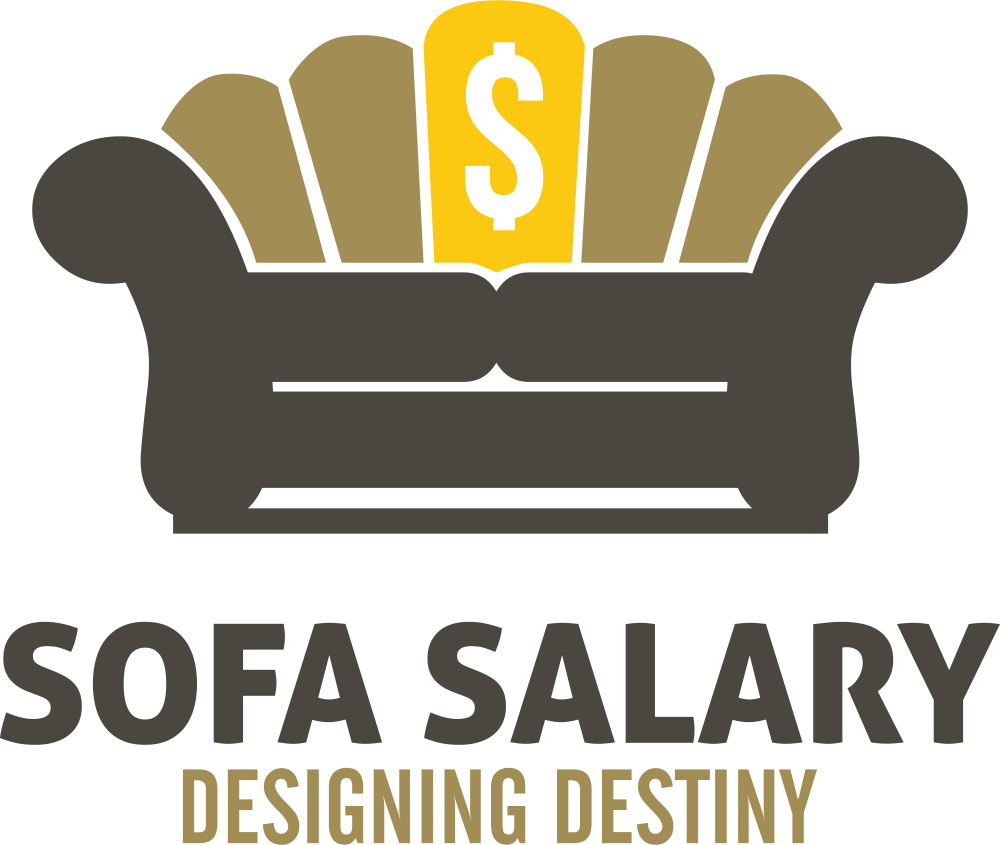In an ideal world, most home business owners should be able to overcome customer objections and whenever they ask for the order, a lead or prospective customer would say…
“YES – PLEASE TAKE MY MONEY NOW.”
But guess what…
We don’t live in an ideal world.
So, let’s be realistic here for a second.
Out of 10 people that view your sales pitch/presentation at least 50% of them will have some kind of objection.
There are a number of tactics that you can use to minimise the number of objections that a customer presents to you.
My favourite one is to guess what the objection is likely to be and then address it early in the sales cycle/pitch.
By the time you get to ask them to buy your product the objection has already been answered.
This is powerful if you can start to apply this to your sales messaging.
So, I thought you might get some value from looking at the most common objections that you are likely to face as well as prove techniques that me and members of Team Sofa use to overcome them.
Ready?
Let’s get started.
1. “I’M NOT SURE I’VE HAVE I GOT WHAT IT TAKES TO ACHIEVE (X)”
This is one of the main reasons why a customer does not buy your product immediately after you present your product/solution/service or offer.
Out of all of the concepts discussed in this post, this point about the lack of belief that customers often have in themselves, could be your key to handling sales objections effectively.
We see this quite frequently in the fitness equipment space. When a customer watches a video of young, fit 20-somethings, using a product to burn body-fat and they genuinely believe that the product works.
However, what they often aren’t convinced of is that they are going to be able to find the motivation or the time to use the fitness product. So… Out of all of the objections this is the hardest one to detect.
Why, because it’s an internal objection that the customer doesn’t often want to openly admit.
But..
You would be amazed at how many people have issue with low self-confidence in their ability to do what’s necessary’ to achieve a desired result.
So a question to ask yourself is what do you think your customer is going to question about their own ability to use your product and then remind them in the sales presentation how easy it is for anyone to use.
2. UNABLE TO PAY THE PRICE
If you are selling a quality product there is a chance that it will be more expensive than many similar products in the marketplace.
And that’s OK.
You see…
You must be prepared for a customer to tell you that they can’t afford the product at the price that you are offering. It’s human nature – a default position we all go to when we haven’t been ‘sold’ on a product’s benefits.
So…
One of the easiest ways to overcome this objection is to offer the customer the ability to pay for the product in some form of pay-plan or instalment.
A great strategy is to bundle your products into various tiers e.g gold, silver and bronze with the lowest price tier at the bottom. Here’s an example…
Let’s say you are selling a course at $100 dollars.
You might not want to just present this to the customer on its own.
If you can find a way to make the course more expensive by bundling additional products on to your main course at an higher price ($200 & $300).
You can present your product to the customer in the following way:
- Gold – $300
- Silver Package – $200
- Bronze Package $100 😉
Now… When the customer sees the more expensive packages they will normally find the lowest price more attractive but that’s great because this is the package that you wanted to sell anyway.
I hope this concept makes sense but if not I’ll explain it in more detail on our weekly call 🙂
Also… If you think about using a Puppy Dog Close sales strategy, this will help you to overcome this ‘can’t afford it’ objection. Here’s what I mean… You simply give the customer the option to use this product now and pay in 30 days.
In the 1950s, this was an effective way that salesmen use to sell a myriad of products door-to-door, some of which include:
- Pots and Pans
- Pets
- …and many more.
Just imagine a young family is thinking about buying a puppy for their children.
A local shelter gives the family the option to spend a week with a puppy to see if they think they could look after it long term.
After bonding with the puppy for a week the shelter rep comes to pick the puppy from the family but the parents know that the children have already developed a bond with the puppy and will be devastated if the puppy is returned to the shelter.
What do they do? Keep the puppy and happily pay the associated price and ongoing maintenance costs.
OK, you’re right, this is an abstract example but the same applies to pots and pans, encyclopaedias etc.
Once people get used to something, there will be a void when they no longer have it.
This also overcomes the can’t afford it objection because they feel like they are not committing anything financially at the moment that they receive the product.
Make sense?
OK…
Another effective way to approach the I can’t afford it objection is to simply explain what’s unique about your product. You could mention things such as:
- the quality
- the service that you offer on the back end that comes with the product
- the daily amount it is costing the customer – ” The product works out to be $3 a day which is the price of a cup of coffee”
The last point is incredibly valuable.
When you can break something into a daily amount $3/day this helps your prospect to realise that the product is affordable and it seems less of a mountain to climb.
If you can factor this into your marketing, overcoming customer objections will become effortless.
3. THEY’RE NOT CONVINCED THAT THE PRODUCT’S VALUE JUSTIFIES THE PRICE
Whenever you present the price of your product or service to your customer, you want to mentally instil the product’s perceived value to the customer as being high.
This is the intrinsic value.
Once you have done that you can tell the customer that it is worth x but they are getting it for y (a price lower than the value). This works because people people love discounts and they love to feel that they are savvy, shrewd individuals who have spotted an opportunity for a bargain and taken it. It’s that simple.
4. AFRAID TO LOOK LIKE AN IDIOT
Another internal and hidden reason that people don’t buy is because they are afraid of looking like a fool to their friends, neighbours, and colleagues.
We all share the common experience of buying something in the spur of the moment or after calculated research/analysis only to find out that the product didn’t live up to the hype and really wasn’t worth the money that we had invested.
The annoying thing is that we often didn’t get around to returning these products so we have them sitting in cupboards, closets and other places where we can see them on a daily basis reminding us of how much of an idiot we were.
So…
The way to overcome this objection is to sell them on how they will be perceived by their peer-group once they start using the product and realising the benefits of the product.
You can use strategies like future pacing where you walk them to some point nto the future and help them to visualize the results that they will be getting from using the product.
4. IT’S HARD TO PURCHASE YOUR PRODUCT
Sounds crazy right? In a similar fashion to confusion about the offer, if a customer has to jump through too many hurdles to get their hands on your products, it’s highly likely that this will reduce your chances of making the sale.
Your goal has to be to make it as easy as possible for your customer to purchase. So… Let’s say you’re selling a skin care product but the only way that your customer can actually make the purchase is to fill out a form, put it in an envelope, find a stamp and post the order to you along with a cheque.
Can see how this would be a lot of unnecessary headache for the customer?
Especially when they can probably go online and purchase a similar product or service form one of your competitors . So the question you should always ask yourself is…
HOW CAN I MAKE IT EVEN EASIER FOR THE CUSTOMER TO PURCHASE AND RECEIVE MY PRODUCT?
5. BAD TIMING
When it comes to selling anything there are a number of factors that are critical, some of which include:
- Having the right message/offer
- Sending this message to the most appropriate prospects in the marketplace
- ..and doing the above at the right time.
Here’s the reality..
At any given moment only 10% of people who are the right match for your product are going to be motivated enough to buy now.
Approximately 50% are going to be ready to buy within 6-9 months and the rest of the prospects in your marketplace aren’t realistically going to buy anything until after 1 year.
Closing the sale is important but what is even more important is the 50 % of people mentioned earlier.
So…
You need to find an effective way of staying in front of these prospective customers who don’t buy now and then consistently make your offer to them in a way that doesn’t annoy and scare them off.
You can do this using something like an email autoresponder or social media post re-targeting but here is the most important thing that you need to realise about people who aren’t willing to buy now…
EVERY MOMENT THAT YOU ARE NOT IN FRONT OF THESE PROSPECTS, YOU RUN THE RISK OF THEM GETTING CAUGHT UP WITH LIFE AND FORGETTING ABOUT YOU.
And…
What’s even more important is that every minute your customer isn’t hearing from you they are probably being bombarded with messages from your competitors, so the point I want to make is that its critical that you devote a considerable amount of your time…
Following Up!
..with your prospective non-buyer-customers.
That’s it for today but I hope you got some valuable tips to overcome customer objections and convert more of your leads to paying customers 😉













